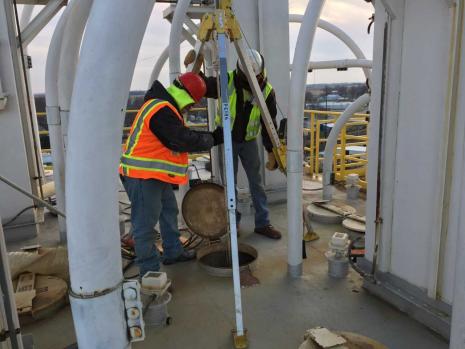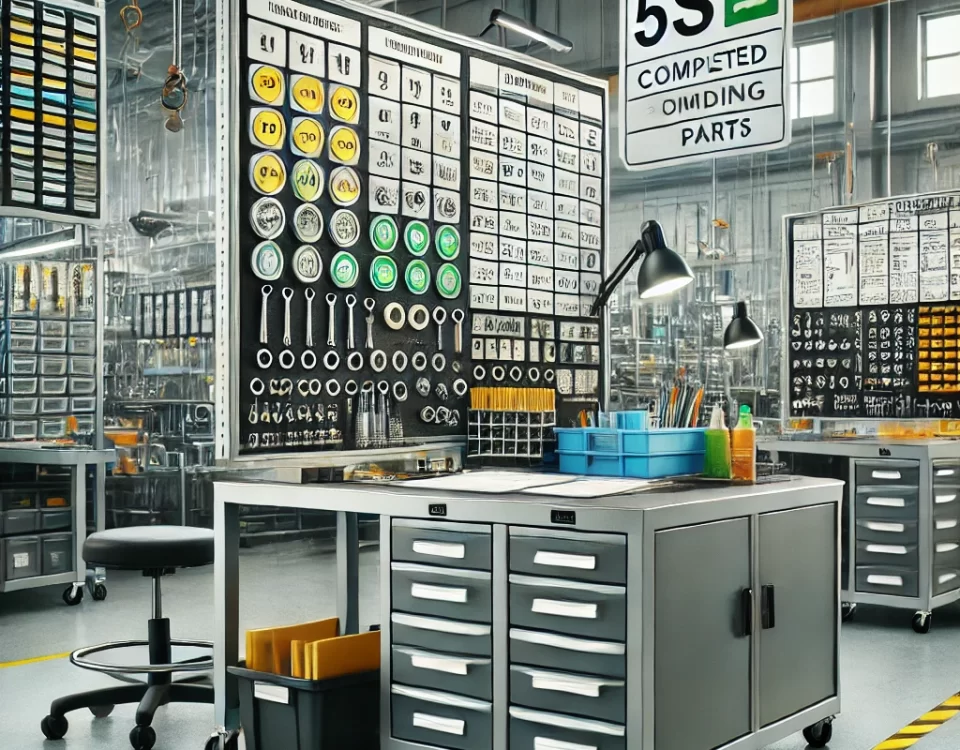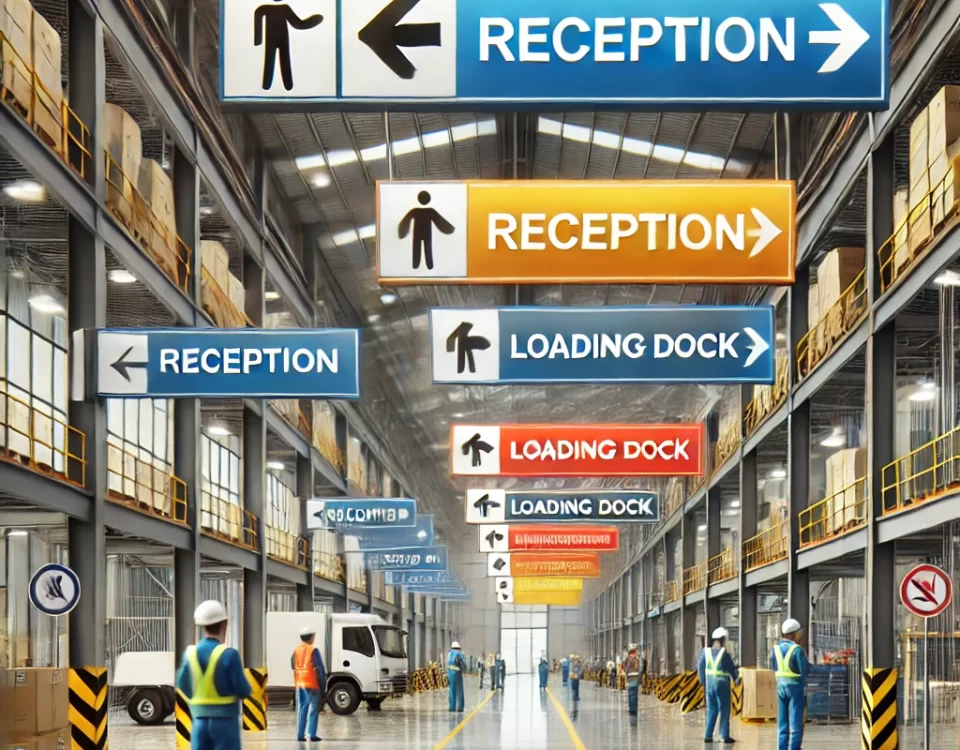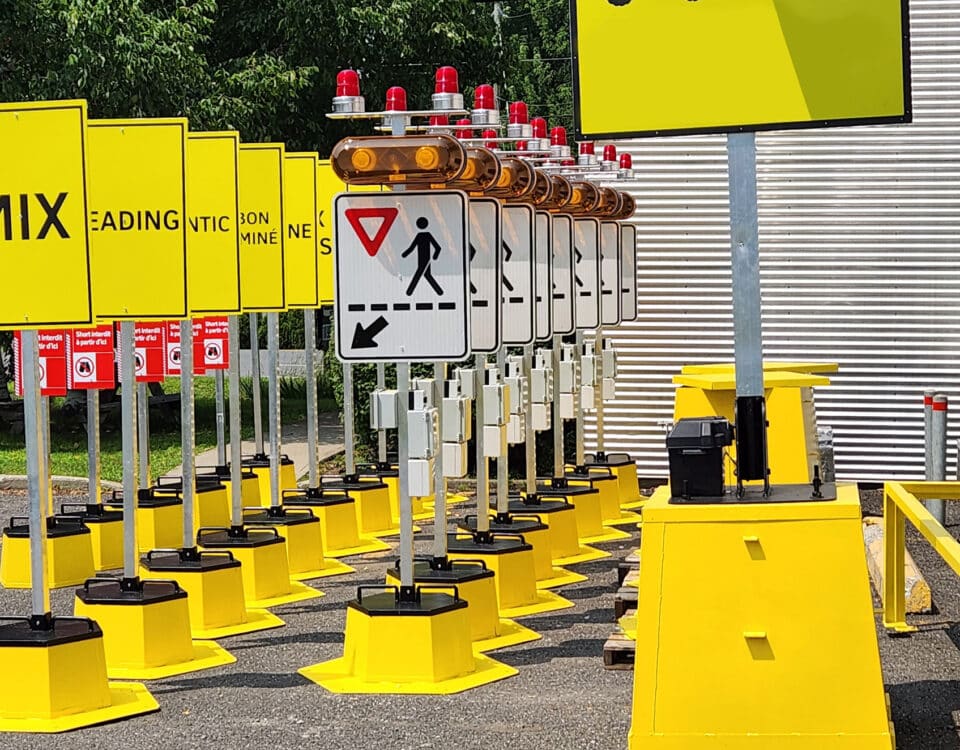
Enhancing Safety in Industrial Environments: A Comprehensive Guide to Lockout Procedures
July 18, 2022
Elevating Workplace Efficiency with 5S: A Practical Guide for Industrial Leaders
July 18, 2022In the industrial sector, a critical challenge is the failure to identify or predict hazards that could cause workplace injuries, illnesses, or incidents. Implementing an effective safety and health program requires a proactive approach to identifying and assessing hazards. This article explores practical measures for employers and workers to enhance workplace safety, focusing on four essential strategies for comprehensive hazard and risk analysis.
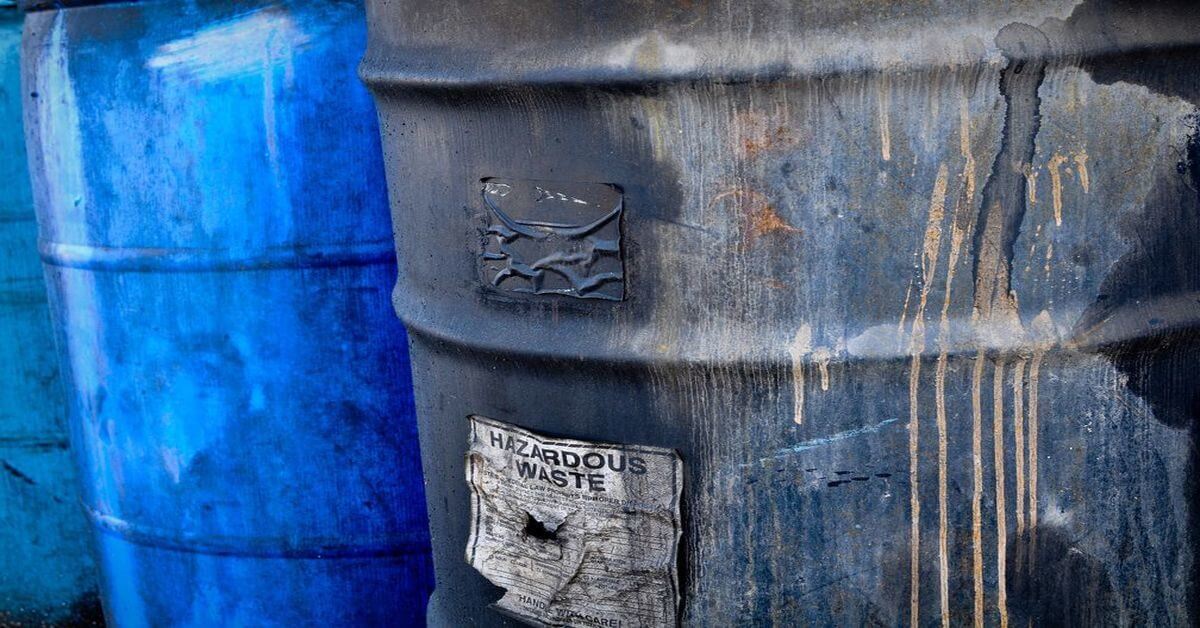
-
Systematic Hazard Data Collection The foundation of a safer workplace lies in collecting existing information about potential hazards. Employers and workers must collaborate to identify risks by utilizing resources such as equipment and machinery operating manuals, Safety Data Sheets (SDS), and results from job hazard analyses. Compiling and analyzing this data helps in identifying the types of hazards present and the employees who might be exposed.
-
Regular Safety Inspections Hazards can develop over time due to changes in workstations, equipment wear and tear, and declining housekeeping standards. Conducting regular safety inspections of all operations, equipment, and work areas is essential. Involving workers in these inspections and documenting the findings ensures that hazardous conditions are promptly addressed.
-
Identification of Health Hazards Health hazards often pose greater challenges due to their less obvious nature. These include chemical, physical, biological, and ergonomic risks. Identifying these hazards requires thorough reviews of SDS, monitoring areas with excessive noise, heat, or radiation, and assessing tasks that involve heavy lifting or repetitive motions.
-
Emergency and Non-routine Situations Planning for emergencies and non-routine tasks is crucial for hazard identification. This involves analyzing potential scenarios such as fires, chemical releases, or hazardous material spills. Developing procedures for these situations helps mitigate the associated risks.
Recognizing and managing workplace hazards is an ongoing and dynamic process crucial for maintaining a safe and healthy work environment. By following these four strategies, employers and workers can effectively assess and control various industrial hazards, significantly reducing the risk of workplace incidents. For personalized support in industrial safety products and expert advice on signage and workplace safety, turn to EZSecur. Discover more at www.ezsecur.com.




